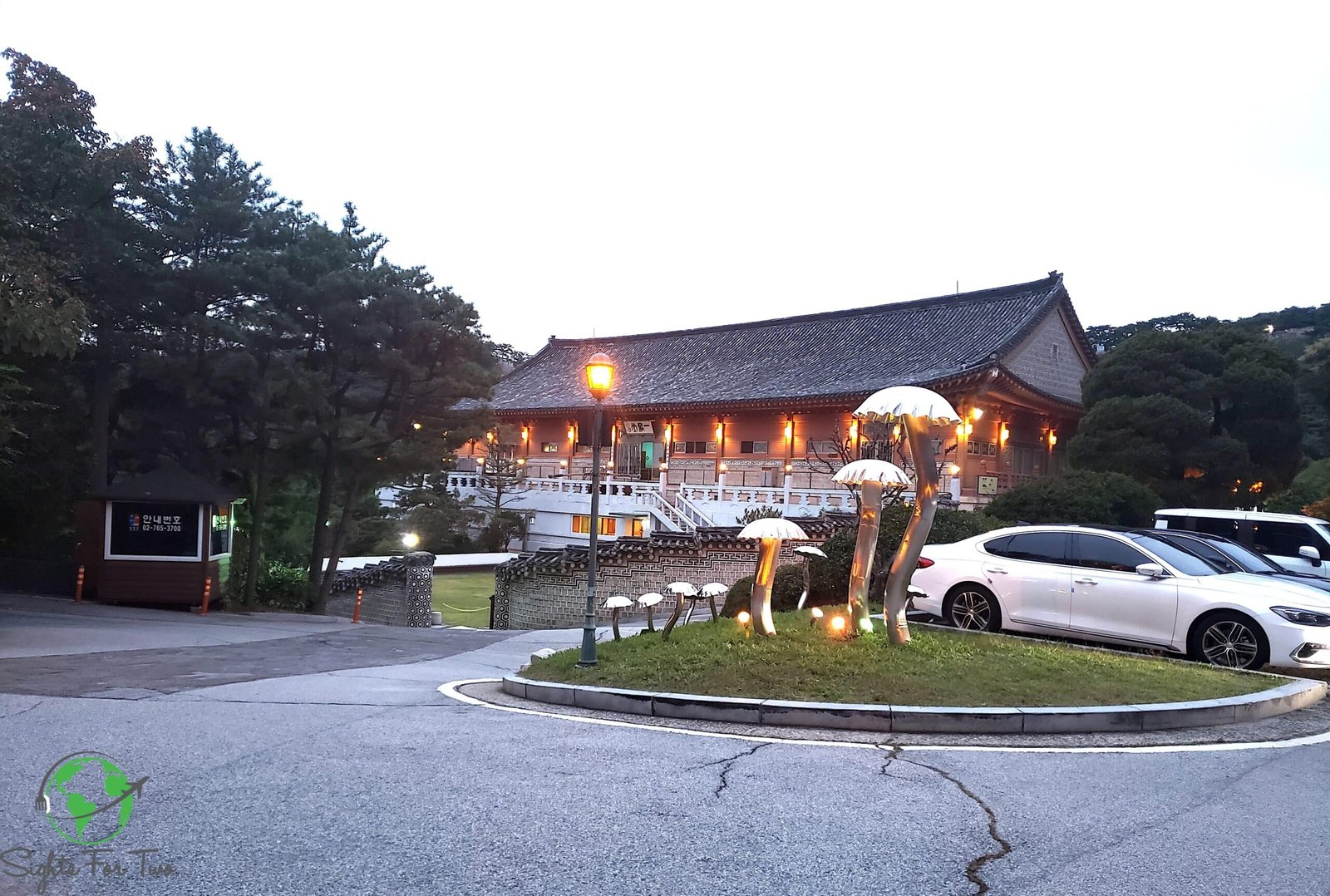Are you a fan of Korean cuisine or curious about what to sample? As lovers of Korean food, we’ve explored many dishes over the past decade. Here’s a curated list of our top must-try Korean street foods that you simply can’t miss!
Korean Street Food culture dates to the Joseon Dynasty era. During this time, the bustling marketplaces were filled with traditional treats like Jinppang (steamed bread with red bean paste) and Hoppang (steamed buns with various fillings like vegetables or meats). As time progressed, the culinary landscape expanded to include Eomuk (fish cakes), Bungeoppang (fish-shaped pastries), and Tteokbokki (spicy rice cakes), catering primarily to the lower working class.
The aftermath of the Korean War in the mid-1950s marked a significant shift. Street vending experienced an increase, providing affordable and diverse food options not only to locals but also to American soldiers stationed there. This period saw the introduction of new flavors and ingredients, enriching the street food culture further.
Today, Korean Street Food is much more than just a culinary delight; it’s a vibrant cultural experience that offers an array of colorful, delicious, and affordable treats that reflect the country’s history and culinary innovation. Below is a list of our top 10 Must-Try Korean Street Foods, each telling its own story of Korea’s dynamic and flavorful journey through time.
Tteokbokki / Topokki

Dating back to the 1800s century, Tteokbokki was once a luxury dish, originally a stir-fried dish made with soy sauce. It originated in the royal palace, the spicy version popular today emerged in the 1950s with the introduction of gochujang (red chili paste). This transformation led to its widespread popularity as a beloved street food. Tteokbokki is one of our all-time favorite Korean street foods, so much so that I started whipping them up at home.
Twigim

Influenced by Japanese tempura, Twigim gained popularity in Korea post World War II. This deep-fried delight, featuring various meats and vegetables in a light batter, has since become a staple in Korean street food culture.
Eomuk / Odeng
Eomuk or Odeng, the Korean fish cake was introduced in the early 20th century, influenced by Japanese cuisine. It evolved into a distinct Korean variety, often served on skewers with a savory broth becoming a comforting street food favorite. I usually always have frozen fish cake in my freezer, as they take ramen to a whole other level.
Dakgangjeong

Dakgangjeong or Korean fried chicken was first introduced to Korea by the American military stationed in the country during the Korean War in the late 1940s. Since turkey wasn’t available for Thanksgiving, the U.S. Soldiers decided to make fried chicken and share it with their Korean comrades, most of whom had never had fried chicken before.
Traditionally, Koreans prepared their chicken by steaming it or cooking it in soup. However, the Dakgangjeong or current sweet and spicy form that is known and loved today was developed in the late 20th century, coinciding with the growth of fast-food culture in Korea.
Kimbap / Gimbap

There are many theories surrounding the origin of Kimbap, one which claims that Kimbap may have originated from futomaki, which was brought to Korea during the Japanese occupation. Another claim Kimbap may have been introduced to Japan, where it developed into norimaki or sushi. Despite the theories, the Kimbap we know today emerged in the early 20th century as a convenient meal for outdoor activities.
Kimbap is a seaweed rice roll made of gim (a sheet of dried seaweed), bap (rice), veggies, and various fillings like meat, fish, or egg. It is one of the most popular grab-and-go meal.
Dakkochi

Dakkochi, or Korean chicken skewers, is a modern addition to Korean street food. It gained popularity in the late 20th century, offering a simple yet flavorful option for meat lovers, with its combination of chicken and traditional Korean seasonings.
Gunbam

Gunbam, or roasted chestnuts, is a traditional winter snack with a history stretching back centuries in Korea. These warm, nutty treats have long been a staple, especially during colder months, providing a simple, wholesome snack option.
Kkwabaegi
Kkwabaegi is believed to have originated from China’s Hangzhou region and was introduced to Korea in the late 19th century. With their own techniques and flavors, these Korean doughnuts bloomed into the sweet and twisted snack we’ve grown to love.
Bungeoppang

Bungeoppang, is a fish-shaped pastry with red bean filling. It was introduced in Korea in the 1930s, influenced by Japanese Taiyaki. It quickly became a popular winter snack, especially loved for its warm, sweet filling and crisp exterior. Later additions now include ice cream filling.
Lobster Tails

Grilled lobster tails as street food are a more recent phenomenon in Korea, reflecting the growing diversity and luxury in the street food scene. These tasty treats cater to a more upscale street food experience, combining traditional grilling techniques with high-end ingredients.
Whether you are a fan of spicy food or have a sweet tooth, these Korean street foods offer something for every palate. Happy tasting!






[…] 10 Must-Try Korean Street Foods: A Culinary Adventure! […]